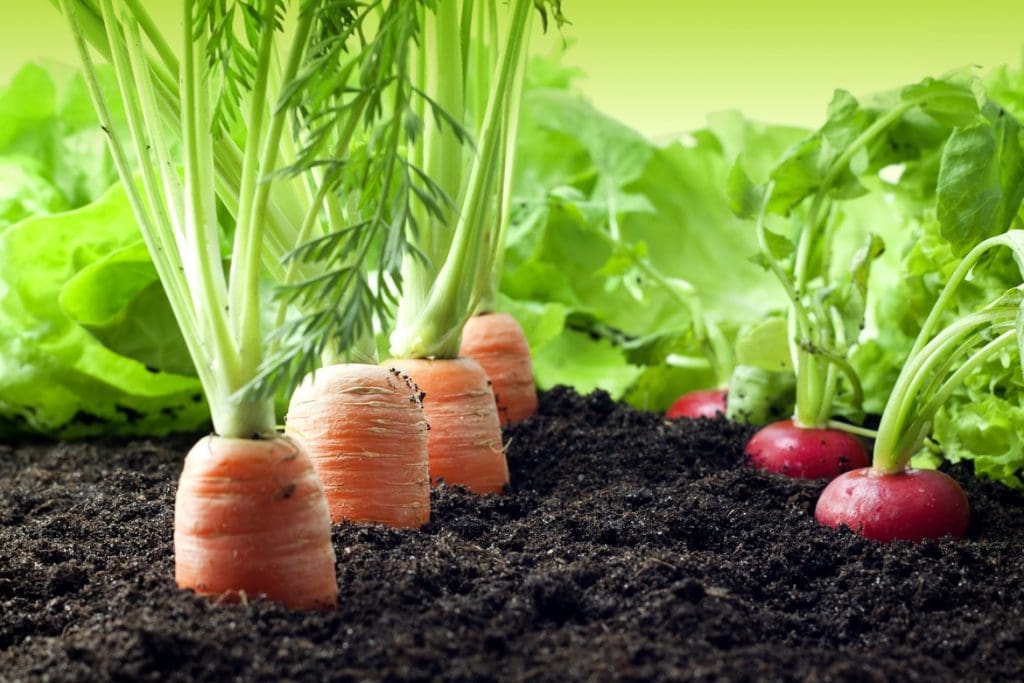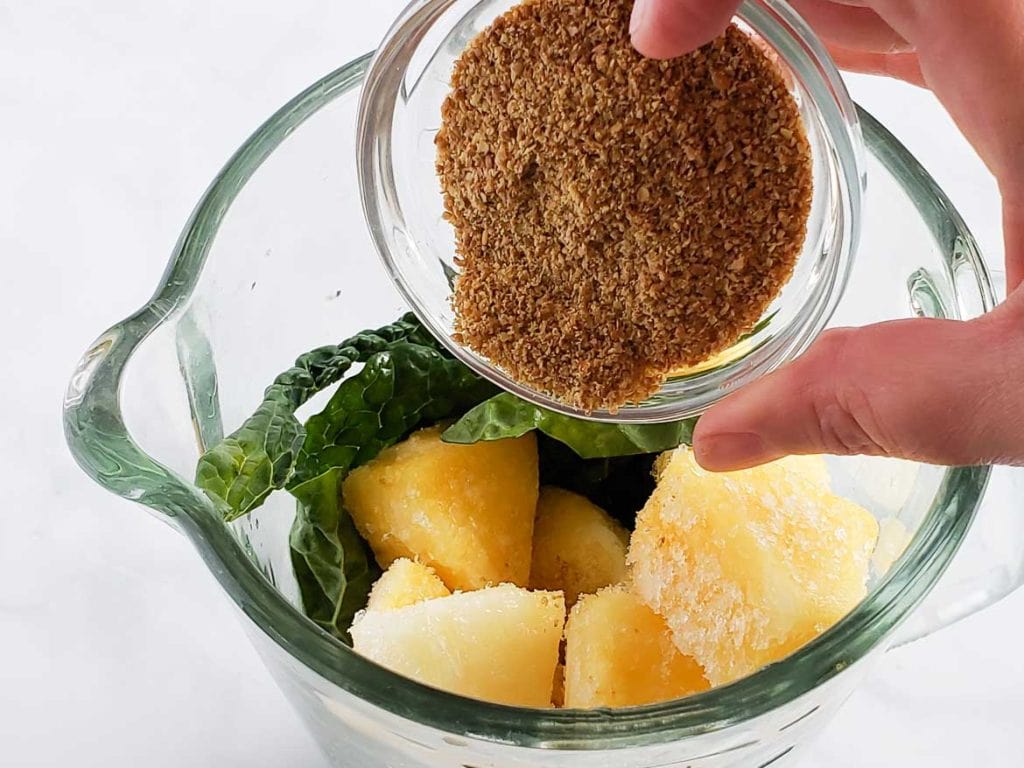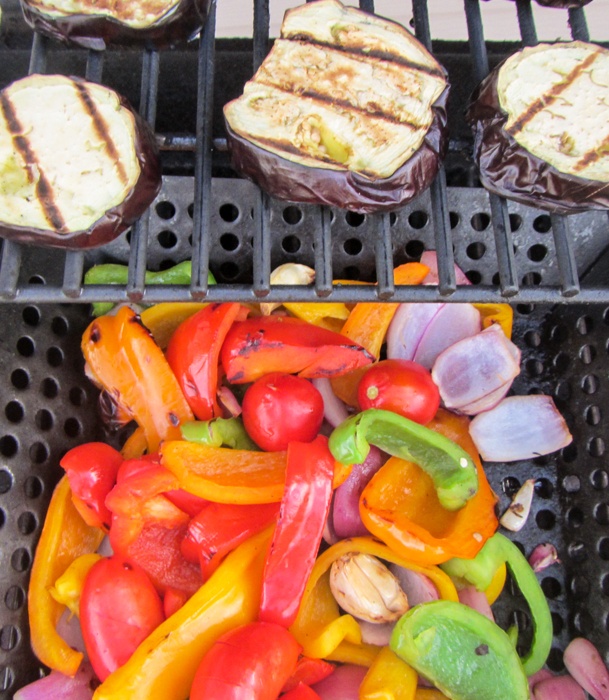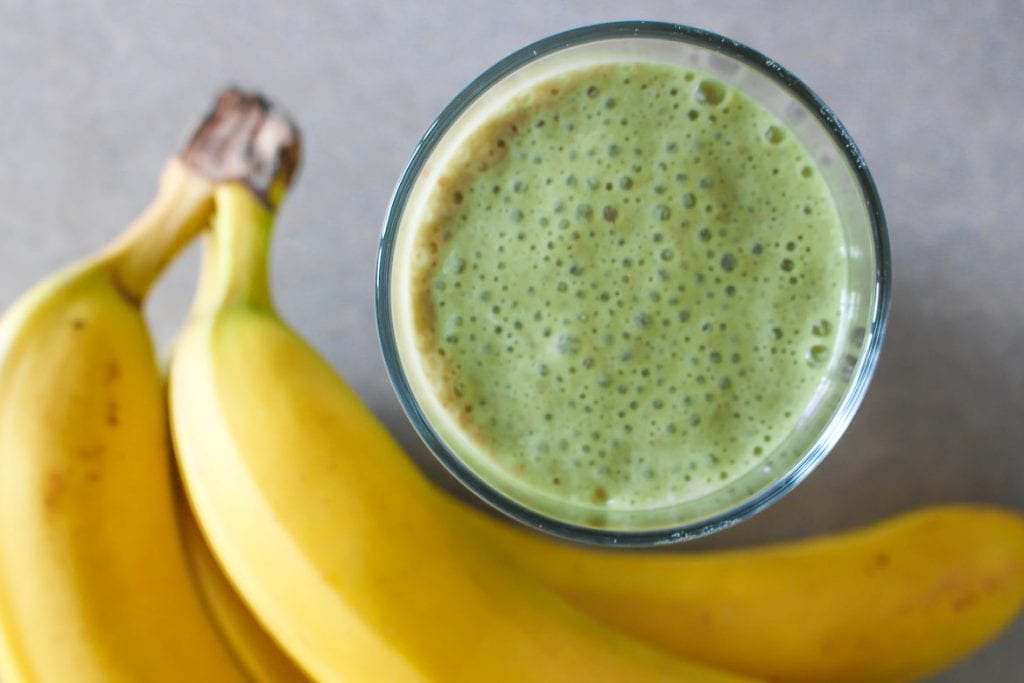If you’re wondering how to hide veggies in food, try our sure fire, easy tips to make veggies more appealing to picky eaters.
There are so many ways to hide veggies in food, whether you’re making quinoa mac and cheese for the kids with hidden cauliflower, or grating carrots into chili.
While most people think of hiding veggies in food for kids, other people often struggle to get their daily quota of veggies.

Seniors can struggle with getting enough veggies, as they can cook less, and often lack an appetite. So, the same tips for getting veggies into kids also applies to food for elderly parents, and plenty of other groups, from picky adult eaters to people with a limited diet after surgery.
How to Hide Veggies in Food
Try these easy techniques to get more vegetables into your meals. From hidden veggie recipes to tips for making veggies more appealing, these easy tricks make veggies more appealing for picky eaters.
Here are our top tips for how to hide vegetables in food.

The problem with hiding vegetables in food
First, a caution about hiding veggies in food.
For children, one issue with hiding vegetables is that kids don’t learn that veggies are a normal part of a meal.
On top of that, hiding veggies doesn’t help them learn the taste and textures of vegetables.
They also don’t learn the different ways to cook veggies can be cooked. While a child may hate French fries (it does happen, our son wouldn’t eat fries until he was about five!), the same child may love mashed potatoes.
If all parents ever do is hide veggies, kids are denied a chance to explore whether they do in fact like them.
That said, we do understand the pain of trying to get anyone, kids included to eat enough veggies! The recommended daily intake for veggies can seem like quite a lot, especially if you’re trying to coax a reluctant child to eat their broccoli. For example, girls aged 9-13 should eat 2 cups of vegetables daily, while boys should eat 2 1/2 cups (source).

Grate or cut veggies into tiny pieces
Many people, kids included, just don’t seem to like their veggies in large pieces. One of the easiest ways to sneak veggies into food is to cut them into tiny pieces, or grate them. This way, the veggies are much more palatable.
For example, you can add grated carrots to many recipes, including pasta sauce, cakes, muffins and mac and cheese.
Puree veggies
Pureeing vegetables to hide in a meal is a wonderful way to boost the veggie content of everyday recipes like spaghetti sauce, lasagna, and chili. Mashed potatoes are packed with nutrition, and often more appealing to picky eaters than baked potatoes.
A stand blender makes quick work of this, but I’m a huge fan of our stick blender, which is quick to use and a snap to clean.
To make it extra easy, you can buy canned pureed veggies like squash, pumpkin, tomatoes, and cream of corn.
Remove the skin
Many picky eaters find veggies much more palatable when the skin is removed. This is especially true for potatoes, but also holds true for carrots, other root veggies, and more.

How to hide veggies in your food: Recipes
There are so many wonderful recopies that sneak veggies into every day foods. Here are a few ideas to get you started:
- red sauce
- fruit smoothies
- veggie burgers
- pureed soups
- popsicles
- chili and stew
- chocolate zucchini cake
- carrot cake
Try a new veggie recipe
If your kids aren’t fans of veggies prepared a certain way, consider trying a new veggie recipe.
For example, picky eaters often enjoy roasted veggies, while they’ll completely reject the raw or steamed version of the veggie.
Here are a few veggie recipes kids may like:
- French Fries Recipe for Crispy Low Fat Fries
- How to Make Celery Juice in a Blender
- Dinosaur Kale Smoothie
- Best Roasted Delicata Squash Soup
- Homemade Spinach Pasta Recipe
- Homemade Beet Pasta Dough Recipe
Mix vegetables with stronger flavors or textures
Mild vegetables can be easily hidden by mixing them with foods that have stronger flavors. For example, zucchini is easy to hide in recipes that have cheeses, spices, or sauces that help disguise the zucchini flavor. You can pull a similar tactic with other mild veggies like squash and carrots.

Get kids to help prep the veggies
Sweet bell peppers are one of my favorite foods. I love them crunchy and fresh, roasted, or incorporated into chilis, stews, and so much more.
My daughter, however, decided from infancy that she wasn’t a fan of bell peppers. She would eat them if they were chopped into tiny pieces, or pureed into something, but only if she couldn’t pick out the bell pepper taste.
One day, I was teaching her how to use a knife to cut veggies, and, without thinking, grabbed a bell pepper for her to cut.
She cut it carefully into thin slices, and proceeded to eat the entire thing!
Something about getting personally involved in cooking and preparation made her much more willing to try a food she had previously avoided.

Introduce new veggies repeatedly, after time
People turn often their nose up at vegetables due to their texture or a strong, or distinctive taste.
Adults and children both are much more likely to accept a new food if they’re exposed to foods over and over again.
In fact, it can easily take trying a new food 15 times before your child decides for sure if they like or don’t like a new food.

Don’t make it a power struggle
I now that I don’t appreciate it if someone is overbearing when trying to get me to do something.
I’m pretty sure that kids feel the same way.
Make mealtimes a fun and conflict-free time, and you’ll likely see your child be more willing to try new things.
